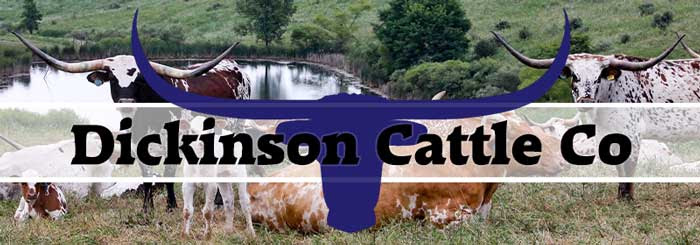
DCC Ranch eNews #170 – 5-29-2019
by: Darol Dickinson
In 1987, Dr. Ben Carson was the lead neurosurgeon of a 70-member surgical team that separated conjoined twins, Patrick and Benjamin Binder, who had been joined at the back of the head (craniopagus twins); the separation surgery held promise in part because of the hopeless existence had Carson not operated.
Conjoined twins are identical twins[1] joined in utero. An extremely rare phenomenon, the occurrence is estimated to range from 1 in 49,000 births to 1 in 189,000 births, with a somewhat higher incidence in Southwest Asia and Africa.[2] Approximately half are stillborn, and an additional one-third die within 24 hours.
 Whether it is human, animal or hatched fowl, deformities and mutations happen. Of course no one wants these unusual beings, but every effort is usually made so they will have a normal life.
Whether it is human, animal or hatched fowl, deformities and mutations happen. Of course no one wants these unusual beings, but every effort is usually made so they will have a normal life.
Every now and then calves are born with a condition called contracted tendons. It results in the calf not being able to straighten out its front pasterns so they can put their hooves flat on the ground.
Calves that have this end up walking with their front hooves turned back. Some people refer to this also as knuckling.The most often mentioned theory revolves around insufficient room in the uterus for extension and growth of the tendons. Most believe it more often occurs in older cows and in bull calves who form a ball in the uterus. For long periods the ankles are bent back and the tendons do not stretch pre-birth.
Some say it may be mineral related. The minerals that may be involved are manganese and selenium. Vitamin D and E also play a part in muscle and tendon growth in the infantile calf.
Unfortunately, this condition does not have a well-defined cause or solution that I’ve been able to find.
 Recently on Facebook this photo was published with questions about the why and how of the issue. What causes it and what does an owner do?
Recently on Facebook this photo was published with questions about the why and how of the issue. What causes it and what does an owner do?
Certain plants ( lupine, locoweed, bluebonnet, and poison vetch), if eaten by the pregnant female at just the right point in gestation may contribute to the problem.
The affected calf may straighten out after hobbling around several days, depending on the severity of the knuckling. It’s important in the first few days to make sure the calf nurses. Keeping the cow and calf in a smaller area is advised.
Many years ago at DCC a Buelingo calf was born knuckled. We let her attempt to correct and it was not humane. She began to get sores on the front of her ankles above the hoof from walking on the skin.
We carved two small boards about a foot long and rounded the corners. Both legs below the knee were wrapped with cloth. A big ball of cloth was placed on the joint above the ankle. The lower leg was stretched straight to where the calf could walk on the hoof correctly. Then the whole thing was wrapped with vet wrap. She immediately began to run and play.
In a week or so the splints were removed and no one would ever know that was a problem.
From veterinarian articles no appearance of genetic future occurrences were recorded.
Hopefully this will help when or if you ever have one. You don’t have to call Dr. Carson, just do it yourself. DD
View this article Online: https://www.texaslonghorn.com/



